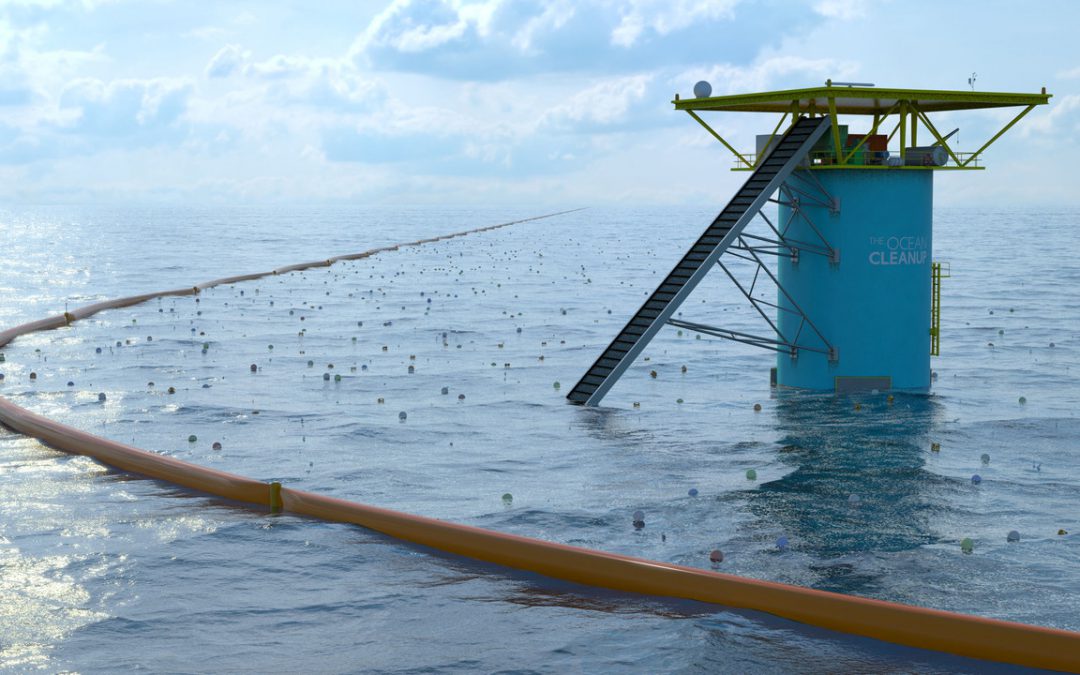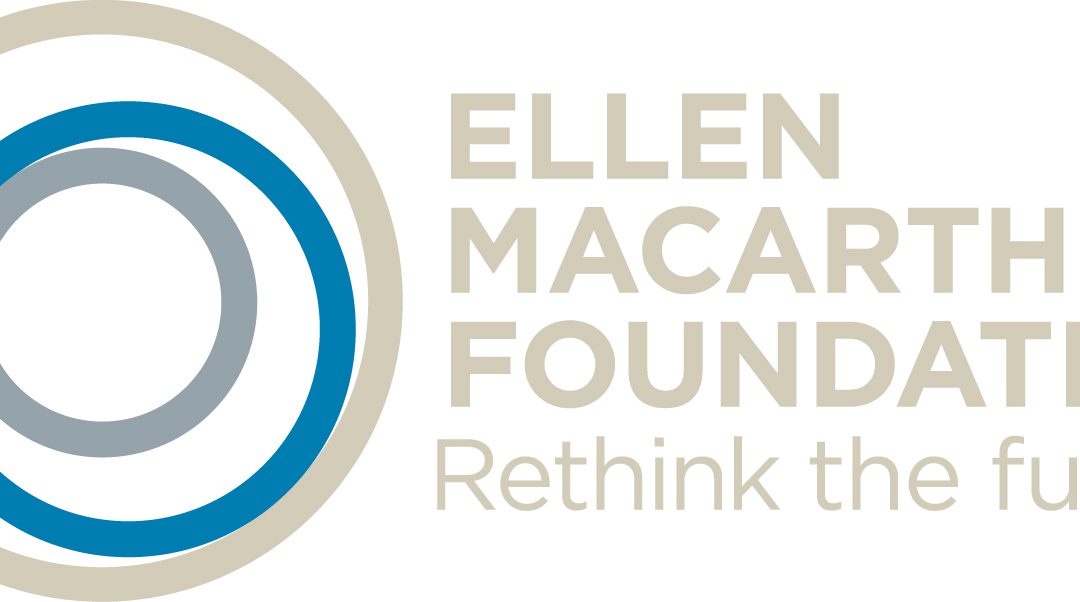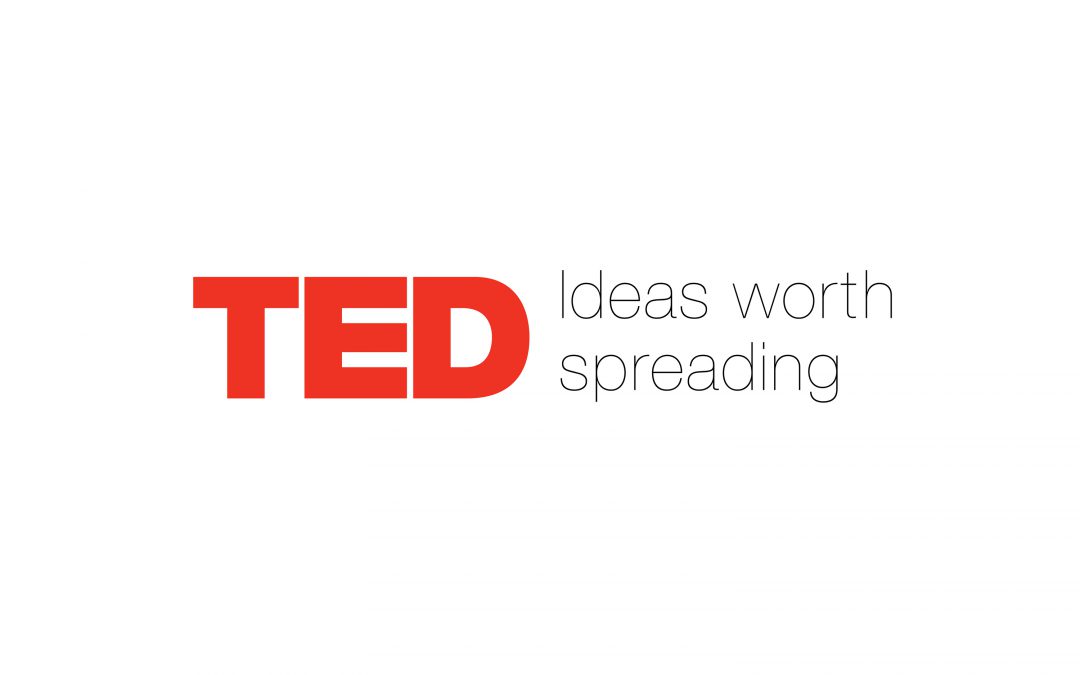
by GaiaInnovations | Oct 2, 2016
At The Ocean Cleanup, we’re developing the first feasible method to clean up world’s ocean garbage patches. Five vast areas of Open Ocean, known as the subtropical gyres, act as a trap for ocean plastic. We specifically focus on the North Pacific accumulation zone – also known as ‘the Great Pacific Garbage Patch’ – since about 1/3 of all oceanic plastic is concentrated in that one area between Hawaii and California 1.
When I founded The Ocean Cleanup almost three years ago, there was no realistic way to clean up these accumulation zones, each several million square kilometres in size. I realised that coastlines are evidently very effective in catching plastic. Unfortunately, there is no landmass in the middle of these gyres, so I then proposed to deploy a very long array of floating barriers attached to the seabed. This would act as an artificial coastline, allowing the ocean to clean itself. We aim to deploy our first pilot system in 2016, and hope to be able to start cleaning the North Pacific by 2020.
Yet a common argument against our efforts is that focus should instead be on preventing more plastic from entering the oceans. I fully agree prevention is top priority. Having to clean up the gyres again a few decades after cleaning up would be nothing short of annoying. But in my opinion, one does not exclude the other – they complement each other.
First of all, the ocean garbage patches do not go away by themselves and hence need to be cleaned up at some point in time.
This information comes from the website of The Ocean Clean up.
Read the whole article here.
Here is a very informative article about plastic problems today and a lot of suggestions about what to do with the problem on a personal level:
Plastics Will Outweigh Fish in The Ocean: How Does It Affect You and What Should You Do?

by GaiaInnovations | Sep 18, 2016
The Ellen MacArthur Foundation was established in 2010 with the aim of accelerating the transition to the circular economy. Since its creation the charity has emerged as a global thought leader, establishing circular economy on the agenda of decision makers across business, government and academia.
Today’s linear ‘take, make, dispose’ economic model relies on large quantities of cheap, easily accessible materials and energy, and is a model that is reaching its physical limits. A circular economy is an attractive and viable alternative that businesses have already started exploring today.
The concept of a circular economy
A circular economy is restorative and regenerative by design, and aims to keep products, components, and materials at their highest utility and value at all times. The concept distinguishes between technical and biological cycles.
As envisioned by the originators, a circular economy is a continuous positive development cycle that preserves and enhances natural capital, optimises resource yields, and minimises system risks by managing finite stocks and renewable flows. It works effectively at every scale.
Re-thinking Progress: The Circular Economy
There’s a world of opportunity to re-think and re-design the way we make stuff. ‘Re-Thinking Progress’ explores how through a change in perspective we can re-design the way our economy works – designing products that can be ‘made to be made again’ and powering the system with renewable energy. It questions whether with creativity and innovation we can build a restorative economy.
This information comes from the website of The Ellen MacArthur Foundation.

by GaiaInnovations | Sep 13, 2016
AskNature is the world’s most comprehensive catalog of nature’s solutions to human design challenges. This curated online library features free information on more than 1,800 (and growing!) natural phenomena and hundreds of bio-inspired applications.
Think of AskNature as your home habitat. Whether you’re a designer, architect, engineer, or chemist looking for life-friendly solutions to a design challenge or a biologist who wants to share what you know about an amazing organism, AskNature is where biology and design cross-pollinate, so bio-inspired breakthroughs can be born.
BIOMIMICRY
Biomimicry is an approach to innovation that seeks sustainable solutions to human challenges by emulating nature’s time-tested patterns and strategies. The goal is to create products, processes, and policies—new ways of living—that are well-adapted to life on earth over the long haul.
The core idea is that nature has already solved many of the problems we are grappling with. Animals, plants, and microbes are the consummate engineers. After billions of years of research and development, failures are fossils, and what surrounds us is the secret to survival.
This information comes from the website of AskNature.

by GaiaInnovations | Sep 12, 2016
TED is a nonprofit devoted to spreading ideas, usually in the form of short, powerful talks.
TED began in 1984 as a conference where Technology, Entertainment and Design converged, and today covers almost all topics — from science to business to global issues — in more than 100 languages. Meanwhile, independently run TEDx events help share ideas in communities around the world.
Our Mission: Spread ideas
TED is a global community, welcoming people from every discipline and culture who seek a deeper understanding of the world. We believe passionately in the power of ideas to change attitudes, lives and, ultimately, the world. On TED.com, we’re building a clearinghouse of free knowledge from the world’s most inspired thinkers — and a community of curious souls to engage with ideas and each other, both online and at TED and TEDx events around the world, all year long.
In fact, everything we do — from our Conferences to our TED Talks to the projects sparked by the TED Prize, from the global TEDx community to the TED-Ed lesson series — is driven by this goal: How can we best spread great ideas?
TED is owned by a nonprofit, nonpartisan foundation. Our agenda is to make great ideas accessible and spark conversation.
This information comes from the website of TED.



